_lowres.jpg)
Back
Memecylon lilacinum Zoll. & Moritzi
| Family Name: | Melastomataceae |
| Synonyms: | Memecylon pauciflorum auct. non Blume, Memecylon myrsinoides var. lilacinum (Zoll. & Moritzi) King, Memecylon myrsinoides Blume, Memecylon laevigatum Blume, Memecylon pseudonigrescens Blume, Memecylon confine Blume, Memecylon cinereum King |
| Common Name: | Mangas |
Memecylon lilacinum, also known as Mangas, is a tree that is critically endangered in Singapore. The flower ranges from white, lilac to blue coloured and has distinctly pointed petals as well as white glandless anthers.
Name
Classifications and Characteristics
| Plant Division | Angiosperms (Flowering Seed Plants) |
|---|---|
| Plant Growth Form | Tree (Shrubby (1m-5m)), Shrub |
| Lifespan (in Singapore) | Perennial |
| Mode of Nutrition | Autotrophic |
| Plant Shape | Irregular |
| Maximum Height | 25 m |
Biogeography
| Native Distribution | Myanmar, Cambodia, Vietnam, Thailand, Sumatra, Peninsular Malaysia, Singapore, Java and Borneo. |
|---|---|
| Native Habitat | Terrestrial |
| Preferred Climate Zone | Tropical |
| Local Conservation Status | Native to Singapore (Critically Endangered (CR)) |
Description and Ethnobotany
| Growth Form | It is a tree, up 10 – 20 m tall, rarely 25 m. The trunk is usually up to 10 – 25 cm wide. The young twigs have 2 grooves, often somewhat 4-angled and gradually becoming cylindrical when mature. |
|---|---|
| Foliage | The leaves are green and elliptic to lanceolate shaped, which is (3-) 6 – 7 (-12) cm long and (1.5-) 2.5 – 3.5 (-5) cm wide. The midrib is sunken on the upper side of the leaves and prominent on the underside of the leaves. The leaf venation is obscure on both sides of the leaves. The leaf base is decurrent while the leaf tip is pointed (acuminate), which extends for 0.5 – 1 cm long. The petiole is short, about 3 – 8 mm long. |
| Flowers | The flowers occur in compact clusters on the axils of the branches. Each cluster is about 1 cm long and comprises of 10 – 20 flowers. The calyx is funnel shaped, pale pink or whitish with 4 pointed teeth. The flower is small with distinctly pointed petals (acuminate) which can be white, lilac or blue coloured. The filament is lilac while the anthers are whitish and without a gland. The style is lilac and falls off early (caducous). |
| Fruit | The fruit is globose (0.7 – 1.1 cm diameter) and slightly flattened at both poles. The calyx remnant slightly raised or becoming worn and forming a pale flat ring (0.15 – 0.2 cm wide). The fruit turns from green to yellow, pale orange and finally becomes black when ripe. |
| Habitat | It is found in rainforest, up to 1200, altitude, usually occurring along streams or ridges. It is occasionally found on limestone hills or by the sea. |
| Similar | The presence of an interpetiolar line is a key feature to distinguish Memecylon from Syzygium. |
| Associated Fauna | Its flowers are insect-pollinated. Its fruits are eaten by birds. There is one record of Memecylon lilacinum fruits being eaten by Asian Palm Civet. |
| Cultivation | It can be propagated by seed. |
| Etymology | The genus Memecylon is derived from its resemblance to mimaikylon, in Greek, refers to the fruit of the strawberry tree Arbutus. The species epithet lilacinus, in Latin, means lilac coloured, which refers to the colour of the petals. |
| Ethnobotanical Uses | Timber & Products: In general, the wood of Memecylon is hard, durable and so dense that it sinks in water. The wood is used to make house posts, tool handles, mortar pestles, anchors and high-quality charcoal. |
Fauna, Pollination and Dispersal
| Pollination Method(s) | Biotic (Fauna) |
|---|---|
| Seed or Spore Dispersal | Biotic (Fauna) |
Plant Care and Propagation
| Light Preference | Full Sun, Semi-Shade |
|---|---|
| Water Preference | Moderate Water |
| Plant Growth Rate | Moderate |
| Rootzone Tolerance | Well-Drained Soils |
Foliar
| Mature Foliage Colour(s) | Green |
|---|
Fruit, Seed and Spore
| Mature Fruit Colour(s) | Black |
|---|
References
| References | Hughes, M. (2013). Memecylaceae. In: Kiew, R., Chung, R.C.K., Saw, L.G., Soepadmo, E. (ed.) Flora of Peninsular Malaysia, ser. 2, vol. 4, pp. 269–324. Kuala Lumpur: Forest Research Institute Malaysia. Maxwell, J. F. (1980). Revision of Memecylon L. (Melastomataceae) from the Malay Peninsula. Gardens’ Bulletin Singapore. 33. Pp. 31–150 |
|---|
Image Repository
Others
| Master ID | 31885 |
|---|---|
| Species ID | 6286 |
| Flora Disclaimer | The information in this website has been compiled from reliable sources, such as reference works on medicinal plants. It is not a substitute for medical advice or treatment and NParks does not purport to provide any medical advice. Readers should always consult his/her physician before using or consuming a plant for medicinal purposes. |

_lowres.jpg)
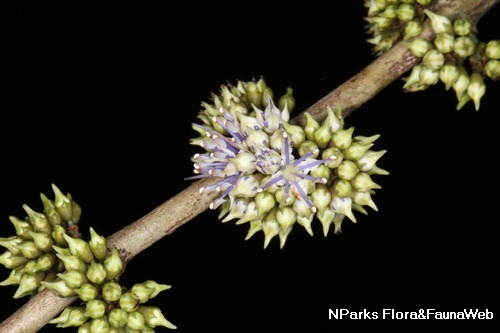
_lowres.jpg)
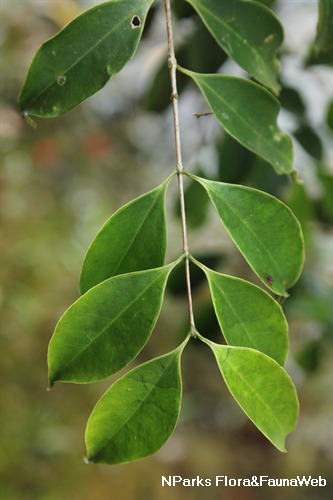
_lowres.jpg)
_lowres.jpg)
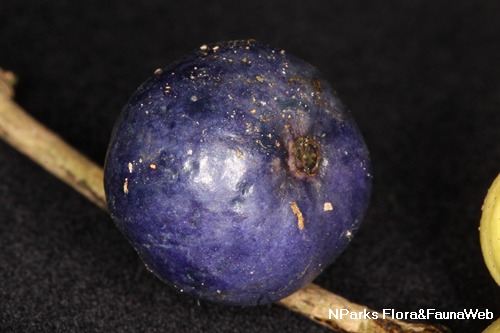
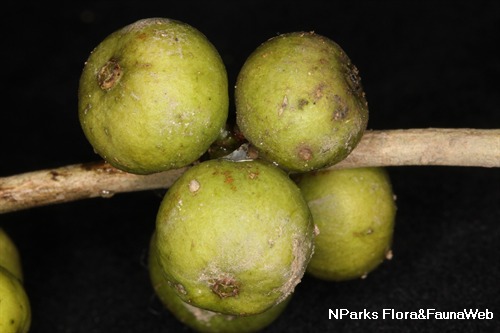
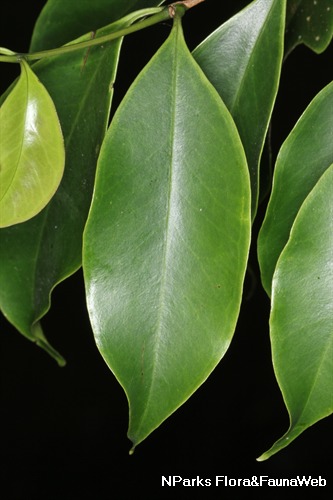
_lowres.jpg)
_lowres.jpg)
_lowres.jpg)



